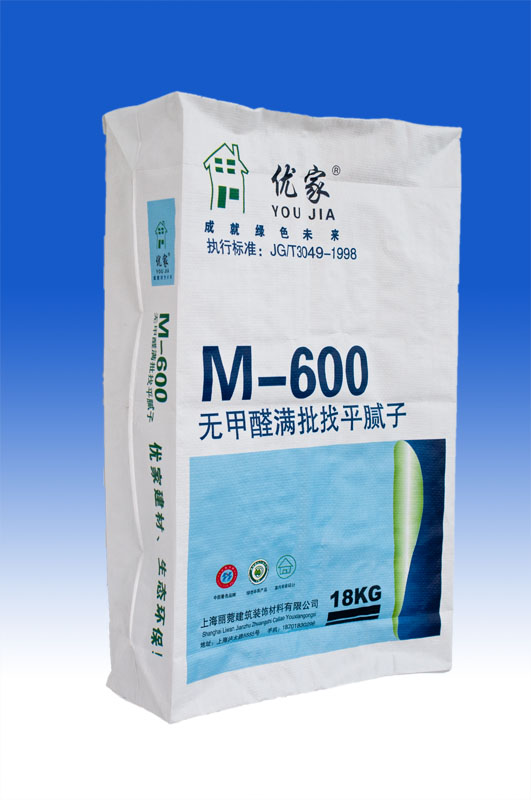Dynamic reassortment model of H7N9 avian influenza virus
In March 2013, people in Shanghai and Anhui in China were first discovered to be infected with the H7N9 subtype avian influenza virus, which caused death. After that, the virus quickly spread to 14 provinces, municipalities, autonomous regions and special administrative regions in China, with more than 200 infected people. Especially in the last few weeks (the new flu season), there has been a new peak in the southeastern part of China. Therefore, clarifying the evolution and epidemic patterns of the virus is essential for the prevention and control of avian influenza.
The Institute of Microbiology of the Chinese Academy of Sciences and the National CDC, Jiangsu CDC, Hangzhou CDC, Taishan Medical College and other units used the genetic information of more than 100 strains of H7N9 avian influenza virus to analyze phylogenetic, ancestral trace, virus typing and genetic lineage . The dynamic reassignment pattern and propagation path of H7N9 avian influenza virus are drawn. The research results were published online on January 24, 2014 in the internationally renowned academic journal Nature.
Studies have shown that the important genes HA and NA of the H7N9 virus have not undergone antigen transformation. Combined with epidemiological investigations, the possibility of virus-to-human transmission is extremely small. However, the current internal gene reassortment of the virus is relatively complex and has no regularity, indicating that the virus has not adapted in poultry and humans and is still in a rapid mutation period. Especially in poultry, dynamic reassortments of H7N9 virus and H9N2 virus are very common, and genetic tuning of the virus's adaptability is carried out accordingly. The results also show that poultry transportation plays an important role in the spread of the virus.
Therefore, we believe that the most important thing in controlling human infection with the H7N9 avian influenza virus is to control the transmission path from avian to human. Doing good disinfection and defense measures in the live poultry market, regular monitoring of the live poultry market and poultry transportation will be able to control the spread and prevalence of the virus, and effectively reduce the risk of human infection with the H7N9 avian influenza virus.
The research work was completed under the leadership of Gao Fu researcher, and received funding from the Ministry of Science and Technology 973 project, the Fund Committee project and the Chinese Academy of Sciences project.
The paper plastic compound valve pocket is composed of three layers of kraft paper, membrane and Woven Bag. He has the following advantages in comparison with PP valve pocket and PE valve pocket.
1. Paper-plastic composite, the strength is higher.
2. Improve product packaging level.
3. It is more suitable for outdoor work, and it is not easy to decompose in the sunlight.
4. The friction force is stronger and more suitable for stacking.

Paper Plastic Compound Valve Bags
Paper Plastic Compound Valve Bags,Small Paper Bags,Paper Compound Valve Bag For Cement,Compound Packaging Paper Bags
Shenzhen Riversky Packing Materials CO.,LTD , https://www.jtfibc.com